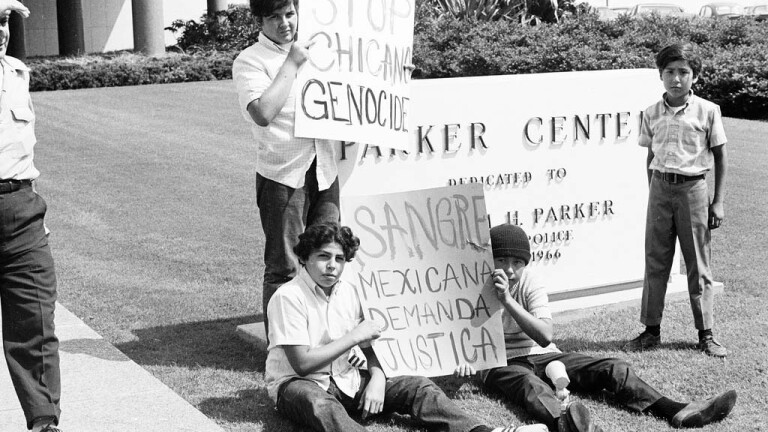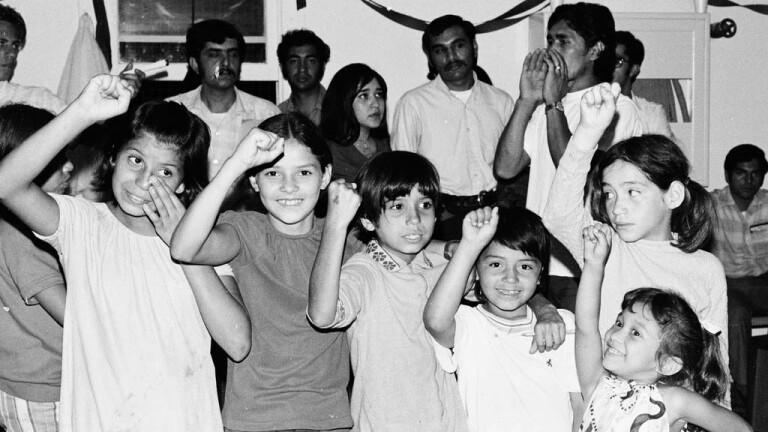Carren Jao

Born and raised in the Philippines, Carren is a storyteller at heart, working to uplift diverse voices. She is a skilled digital storyteller with more than a decade of experience working on engaging content that lives on multiple platforms. Her arts and culture stories have won recognition from the LA Press Club and the Asian American Journalists Association.
As arts and culture editor for KCET, a public television station and online destination in Southern California, she leads editorial strategy and content development for arts, culture, food, travel and history content. Working with collaborators across 11 Southern California counties, she tells award-winning stories that matter.
Previously, Carren has worked as a full-time freelance journalist. Her work has been published around the world, including the Los Angeles Times, the New York Times, Wired UK, Surface, Dwell and many others.












